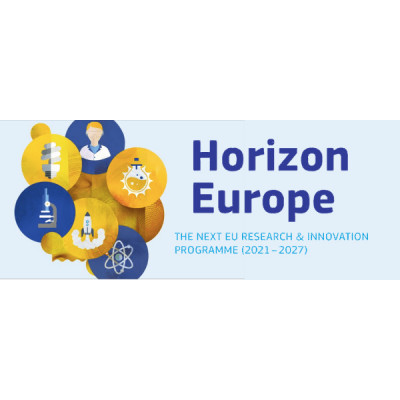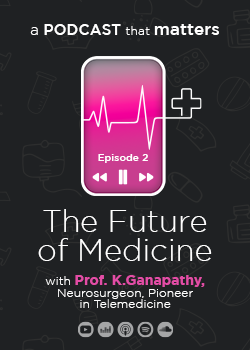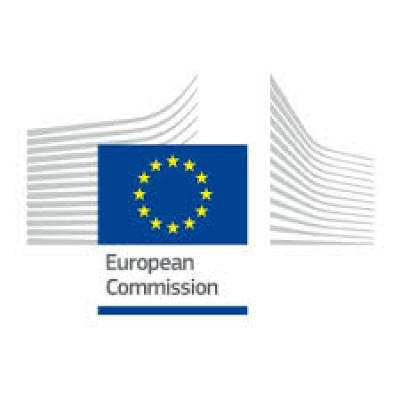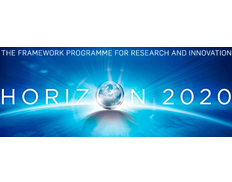
Wireless Communication Technologies and Signal Processing
Details
Description
Call updates
Jul 31, 2023 2:26:56 PM
EVALUATION results (corrigendum):
Published: 15/12/2022
Deadline: 25/04/2023
Available budget: EUR 132 million
The results of the evaluation are as follows:
Number of proposals submitted (including proposals transferred from or to other calls): 112
Number of inadmissible proposals: 0
Number of ineligible proposals: 0
Number of above-threshold proposals: 91
Total budget requested for above-threshold proposals: EUR 422,251,119.57
We recently informed the applicants about the evaluation results for their proposals.
For questions, please contact the Research Enquiry Service.
Apr 26, 2023 1:13:06 PM
PROPOSAL NUMBERS
Call HORIZON-JU-SNS-2023 has closed on the 25 April 2023 at 17.00.00.
112 proposals have been submitted.
The breakdown per topic is:
HORIZON-JU-SNS-2023-STREAM-B-01-02: 26 proposals
Evaluation results are expected to be communicated in July 2023.
Jan 17, 2023 1:12:17 PM
The submission session is now available for: HORIZON-JU-SNS-2023-STREAM-B-01-02(HORIZON-JU-RIA)
Please note that the funding rates in this topic are: 100% for non-for-profit organizations and 90% with respect to for-profit organizations. Unfortunately, the maximum funding rate in the budget table is set to 100%. We kindly ask all for-profit organizations to make a manual calculation and request only 90% of the budget.
Wireless Communication Technologies and Signal Processing
TOPIC ID: HORIZON-JU-SNS-2023-STREAM-B-01-02
Programme: Horizon Europe Framework Programme (HORIZON)
Call: HORIZON-JU-SNS-2023 (HORIZON-JU-SNS-2023)
Type of action: HORIZON-JU-RIA HORIZON JU Research and Innovation Actions
Type of MGA: HORIZON Action Grant Budget-Based [HORIZON-AG]
Deadline model: single-stage
Planned opening date: 17 January 2023
Deadline date: 25 April 2023 17:00:00 Brussels time
ExpectedOutcome:
The target outcomes include:
Wireless technologies and systems capable to meet expected 6G radio capabilities such as Tbps data throughput, sub-ms latency, extremely high reliability, massive mMTC, extreme energy and spectrum efficiency, very high security, and cm-level accuracy localisation, across a range of frequency bands mostly focusing on up to millimetre wave solutions.
Innovative RAN (Radio Access Network) solutions supporting multi-band operation, wireless caching, and integrated communication sensing techniques.
Technologies enabling support of new higher efficiency mobile communication approaches, such as cell free networking, massive MIMO or Large Intelligent Surfaces with capability to drastically reduce energy consumption and to control EMF exposure levels.
Applicability and validation of innovative AI/ML based architectures to control adaptive L1/L2 functions with optimised feedback control and operations.
Solutions enabling entire new wireless application domains and based on integration of wireless communications and sensing.
Solutions to optimise sustainability issues, including energy efficiency visual acceptability and minimisation of urban visual pollution.
Objective:
Please refer to the "Specific Challenges and Objectives" section for Stream B in the Work Programme, available under ‘Topic Conditions and Documents - Additional Documents’.
Scope:
Note: The focus of this Strand is on techniques to improve the performance of radio links and systems for 6G communications. Physical layer of THz communications has been extensively covered by projects selected in the first SNS call and is subsequently not expected to be a strong focus for this topic. Moreover, the scope covers the design of 6G RAN systems. The focus of this Strand is on several complementary issues mentioned below and applicants may select one or more of those:
New physical layer technologies up to millimeter wave. This includes both new channel modulation and coding schemes, new adaptive waveform designs, and advanced link-layer random and multiple access strategies, this includes non-orthogonal approaches (e.g., NOMA, RSMA). Support to innovative channel coding approaches towards “error free” channel transmission up to millimeter wave for technologies, including signal shaping loss removal. It should solve current bottlenecks in implementation issues such as computational complexity, algorithm parallelisation, energy efficiency, etc. whilst supporting (potentially cumulatively, depending on the scenario) extremely high throughput (hundreds of Gigabits per second); low latency; high reliability; and extreme low latency. It should also support scalability of future Machine Type Communication with minimum protocol overhead and energy consumption. Solutions should be compatible with increasingly massive MIMO-implementations and contribute to the future modulation and coding schemes, possibly mixing data-driven and model-driven approaches, as required for 6G, retaining reliable, energy-efficient characteristics.
Extreme exploitation of MIMO technologies up to millimeter wave range. This includes ultra-massive MIMO and distributed and cell-free massive MIMO (including intelligent reflecting surfaces). The work should encompass distributed implementations of (potentially cell-free) massive MIMO encompassing a very large number of antennas, with centralized and distributed algorithms for coordinated transmission/reception, involving large numbers of users and considering implementable MIMO predistortion for wideband massive arrays.
Human-friendly Radio systems: Support innovative antenna and physical layer technology for higher acceptability of radio infrastructures by citizens. It covers new antennas and new antenna systems, including antennas arrays (e.g. massive MIMO systems), that need to visually blend seamlessly in the urban landscape through use of new designs, in the context of an increased density of base stations and more complex antennas to support higher frequency ranges. It also covers antenna systems for EMF control and awareness to minimise human exposure.
Spectrum Re-farming and Reutilisation: Support future high bandwidth demand and versatile spectrum usage requirements by multiplicity of applications through optimised spectrum management, sharing and dynamic application aware allocation. It covers spectrum reutilisation between RAT’s, including NTN access, and addresses new THz spectrum. Novel approaches with use of AI/ML technology for real-time spectrum efficiency is in scope. It also covers specific sharing scenarios for unlicensed spectrum use, and fundamental work on these challenges for new Terahertz bands will also be needed.
Seamless integration of multiple frequency bands across a unified energy, EMF, and spectrum efficient framework including unlicensed bands and potential optical access. Open and disaggregated solutions may be considered also in scope.
Machine learning empowered physical layer evolutions: The ambition is to develop an overall enhanced RAN adaptive and intelligent, with complexity increasing at the Radio Unit (RU) end, moving towards semantic-oriented communications. The scope aims to cover the overall physical layer, and the associated radio building blocks and communication protocols, with reduced complexity in the neural network modelling of multidimensional nonlinear effects.
Optimal usage of wireless edge caching: The ambition is in developing advanced methods and protocols, including concepts able to improve radio link KPIs, such as energy efficiency, spectral efficiency, capacity, throughput, reliability, quality of experience (QoE), or investigate promising over-the-air computing paradigms.
Novel techniques for integrated sensing and communication: the goal is for radical communication work to be complemented by work in the field of location and sensing capabilities for devices. The work requires radical new distributed and cooperative sensing, sensing aided communications, and multi-band sensing technology, as well as integrated waveform design.




